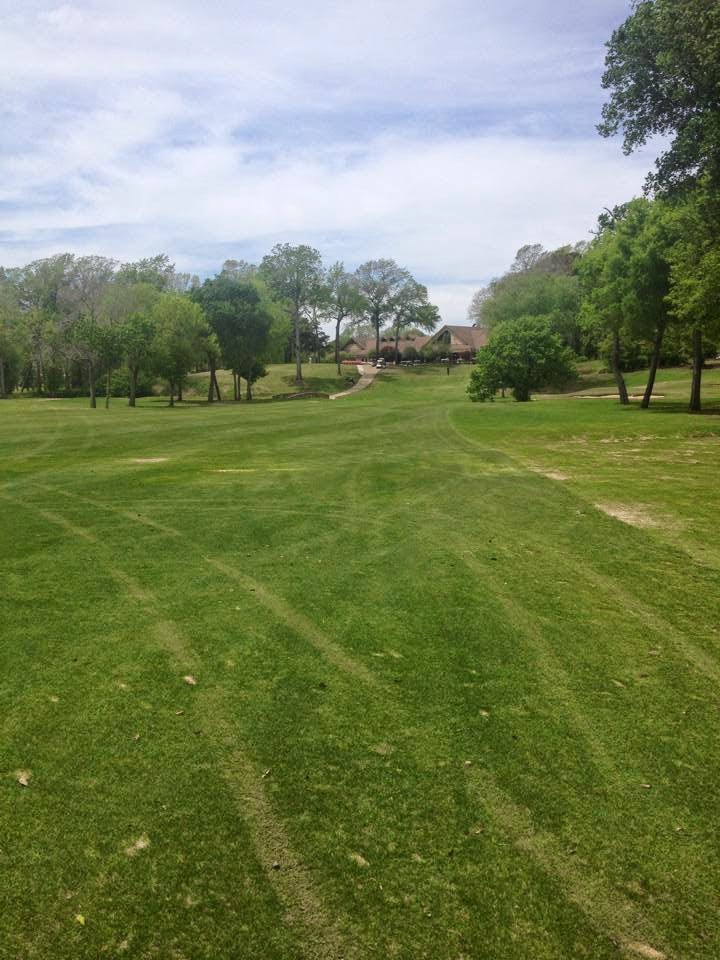So Hollytree has been known to flood from time to time and the most recent event happened on April 6th when we received 3.75 inches of rain in about 2 hours. Mudd creek overflowed onto the golf course and it left us a nice layer of silt, sand, and debris in the areas where the flood waters dispersed and slowed down. The below pictures were taken while picking up the silt that had already been scraped by a box blade. These areas were scraped by machine and hand numerous times before they were aerified and blown off.
Cleaning off these two fairways were only part of the cleanup. Cart paths had to be cleared of silt and debris. Limbs and trash had to be picked up by hand in ordered to cleanup silt and sand underneath them. Bunkers had to be pumped, scraped clean, pushed, and raked back. Irrigation boxes had to be evaluated for damage and repaired. Drain and valve box lids had to be found and replaced. Bag stands from the driving range, rakes, and other items had to be retrieved from behind 5 green. The below ground trash cans had to have the water removed from them.
And on top of all of the cleanup, the greens were scheduled to be aerified on Monday, April 7th. We backed that up to Tuesday after a first run was made at cleaning up. It actually worked out fairly well because it let the bottom layer of silt dry so it was a little easier to clean up.
1 Fairway from 150 out Monday April 7
1 Fairway Tuesday April 15
10 Fairway looking back to the tee on April 7
10 Fairway April 15











